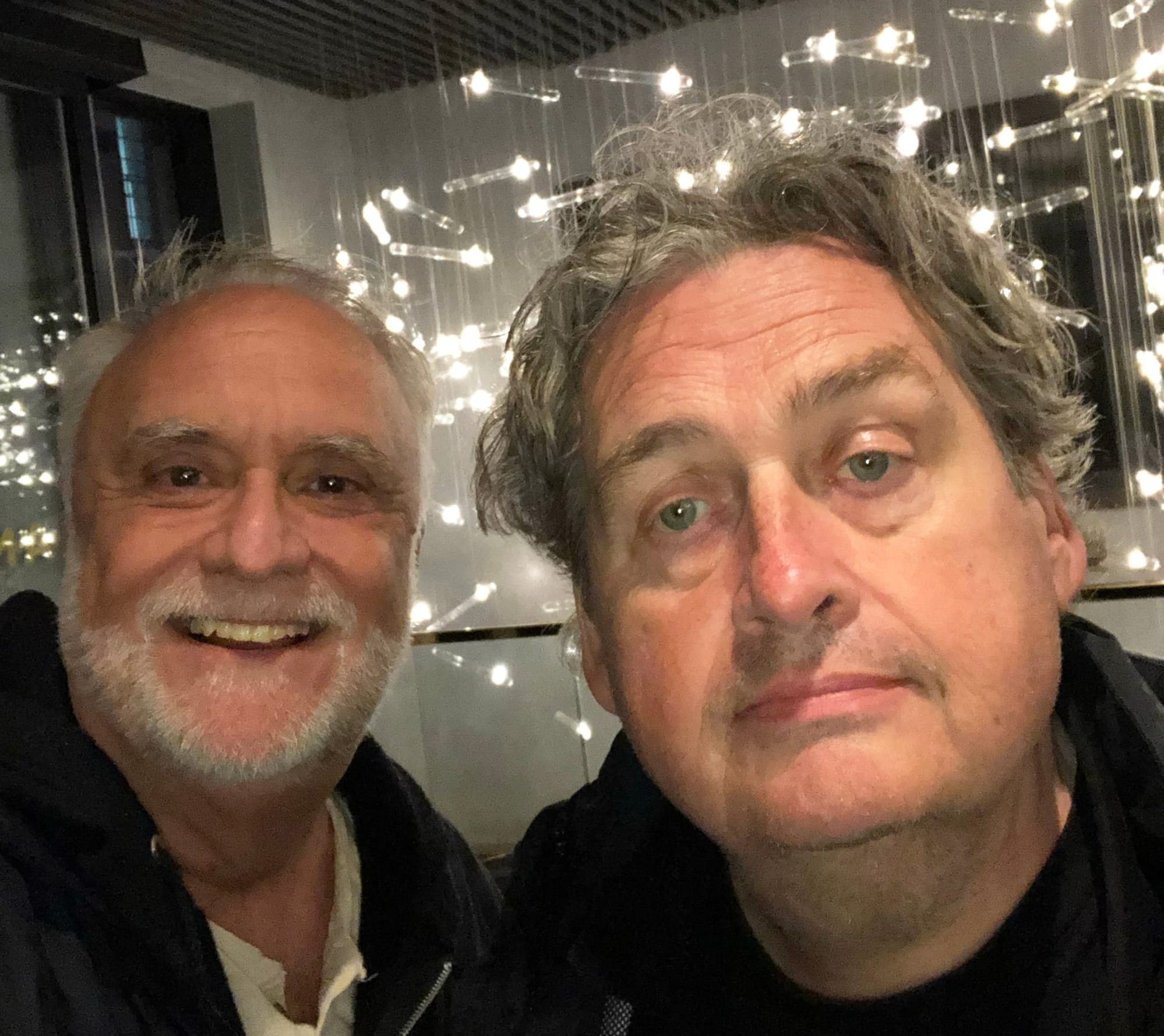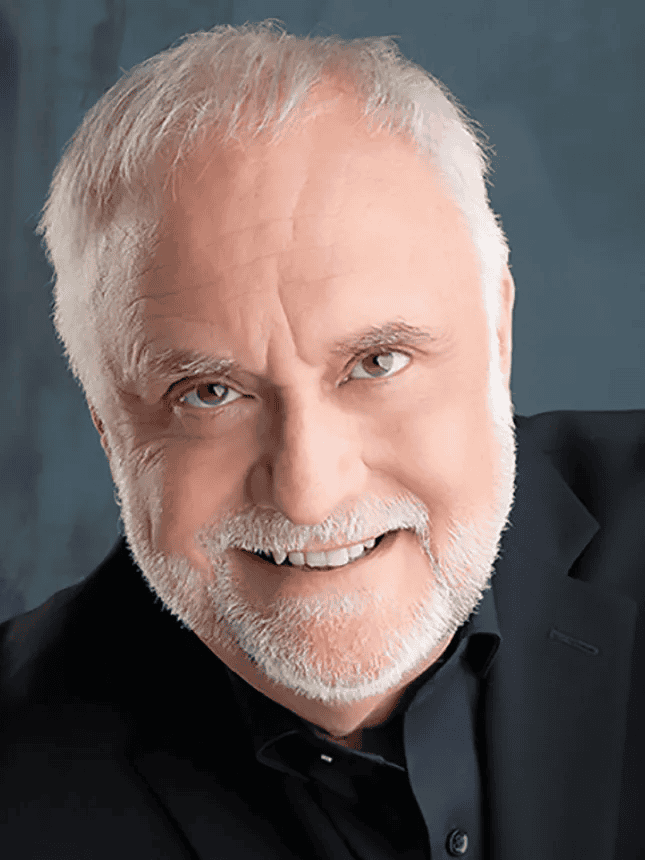As we go to press, it’s January 13, 2025, in the San Fernando Valley, just behind the famous Hollywood sign. In the many hills around Los Angeles, we’ve just endured a tragic series of fires, windstorms and evacuations. The whole country was watching, and hoping for the best. We watched with horror as local homes and businesses were lost. It’s been a sad week and it will take time for our communities to bounce back.
In the midst of all of this, we’ve been busy planning our new Genii magazine, and this month we’re taking the wraps off our new rendition.
For most of you that was probably a plastic bag that has just been tossed aside as you step away from your mailbox. I know the drill. I’ve been a Genii reader all my life; since the days of paper envelopes. I don’t begrudge your impatience. There’s been a lot of speculation about what we’re going to do with the grand old Genii. Ours is the next step in a tradition that dates from 1936, when it was originally founded by William Larsen, Sr. and then became a product of the Larsen family. For the last quarter century, the role of editor has been filled by my good friend, the renowned magic author, publisher, and illustrator Richard Kaufman.
You’ll notice that after nearly 90 years, this column has been retitled. It’s not a big change: one letter gone, three letters added. The Genii will explain everything. I’m going to save that surprise for the end of this column as a way of saying, “Welcome to the new Genii.”
WATCH: FEB 2025 • The Genii Speak video
One of Genii’s long-hallowed columns is “Magicana.” It’s where many readers got to know Charlie Miller. It’s where a series of great, innovative magicians became recognized. Most recently, it’s where Jamy Ian Swiss stepped in to select and edit magic. For many years, this has been the first stop for readers, a curated and carefully presented look at new effects that you’ll want to be performing.
Richard Kaufman’s earned some time off, but we hadn’t calculated his commitment to the success of this magazine. He volunteered to become the Magicana editor before we even asked. So it’s with enormous pride that I can welcome Richard back to the pages of
Genii (returning from his last appearance, last month). He’s my former boss, and now our remarkable master of ceremonies for Magicana. We’re grateful, once again, for his part in Genii history: “Magicana: Nous Savons” by Benjamin Barnes.
Peter Lamont is a good friend, and I’m jealous of everything he’s ever written about magic. Maybe it’s his wonderful light touch with very complicated historical subjects. Or his irreverence. Or that Scottish sense of humor, which he delivers in print as skillfully as he does it in a lecture. He’s written a number of brilliant histories of magic and related subjects. His latest book is an especially thoughtful examination of more than just magic. It’s about how we think, beautifully explained through a tour of Edinburgh, and often through the lens of magic and deception. We’re delighted to welcome him to the cover. His excerpt is titled, “What We See & What We Don’t.”
Chloe Olewitz has been writing news and feature stories in Genii for years. Her new position as Editor at Large gives her an interesting focus on the mix of magic and popular culture. This month, she’s described how Genii turns the corner in a brave new world which has become very sniffy about old-fashioned magazines. Chloe has given us a fine-grained snapshot of this moment: how we got here, and where we’ve decided to go. Please take a look at “What is This Magazine?”
Dominic Twose has assembled a fascinating story about Jean Hugard, Al Baker, and a mysterious performance in Brooklyn from 1926. Even better, he has pieced together clues from the performance and described the ingenious way that Al Baker orchestrated this mystery. It’s a sophisticated look at magic from the inside-out, and we’re excited to publish it: “Hugard’s Real Magician.”
We invite you to explore and investigate our new look, our new features and new organization. You will find a group of talented columnists who will be parading through these pages on various schedules. Next month, new friends arrive, and then special features will cycle back in again. There are great surprises in store for our readers: too many for me to try and advertise on this page. But this month I would like to start with thanks to my friend Chris Power for agreeing to be part of our mix. Chris earned his status as one of magic’s underground figures when he and JJ Johnston produced Opus magazine.
A resident of London, Chris is famous for his sleight-of-hand, his perceptive analysis of magic, and even his pen illustrations, which adorned Opus.

He probably never quite deserved the reputation as being reclusive or mysterious. He’s actually a quiet, thoughtful fellow who has always been able to look at magic in interesting ways, and will now be doing that in Genii. I’m proud to officially introduce him to our readers. You’ll find him in “Eclectica.”
Ever since the premiere issue in 1936, the first column in this magazine was called “The Genii Speaks.” I suppose it evoked the all-powerful, magical presence who peers down upon mere mortals and unexpectedly offers service. He appears on schedule, and then he has something to say. But hidden in that title was a little mistake, or maybe a secret key to Bill Larsen Sr.’s ingenuity. “Genii” is plural. The word is derived from “genie,” and when there are more than one, they become “genii.”
Here’s a little more etymology. The original word, jinn, was Arabic. When One Thousand and One Nights was published in Europe, translators used the French word, genie, as the nearest match. The word meant “genius.” So you see, the genie of the lamp is actually the genius of the lamp—a creature of wonderful power, but also wonderful insight. Bill Larsen reported that he liked the look of the two “i’s” at the end of the word: Genii. But he also realized that was the plural form, suggesting that the magazine secretly depends upon a group of ingenious individuals, not just one.
Was it a mistake, or intentional? Maybe it was merely a literary fillip, something we’d now call “a brand.” But I think Larsen may have understood exactly what he was doing. The magazine quickly involved the entire family of magicians and assistants—a tradition that continued for generations of the Larsen family. Of course, it also drew upon the enormous talents of the Los Angeles magic community. Genii: plural, indeed.
As we embark on this new chapter of Genii, there’s been an important change in the staffing. Instead of the work of primarily one or two people, Genii is now produced by a small, efficient staff of people. Randy Pitchford and his company Genii Enterprises, LLC are still our publishers. Julie Eng is our executive director, supervising Genii as well as other upcoming projects. I am the executive editor for this transition period. Vanessa Armstrong, Noah Levine and Chloe Olewitz are all serving as editors for the magazine, responsible for various aspects of the pages that you hold in your hand. Brad Aldridge is our creative director. James Williams of The Common Era is our layout artist and designer.
This is the spot where I’d traditionally introduce them all and proudly tell you about how lucky you are. Instead, I’ll tell you of my honor to be working with this team, both the careful planning and the occasional frantic effort. They are rare talents, devoted to big ideas and careful about every jot and tittle. I’ve been looking forward to this day when the introductions are unnecessary because you can enjoy the results of their work. They are the genii, and all of us are delighted to be here, at your service.

